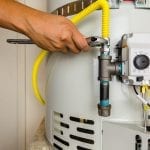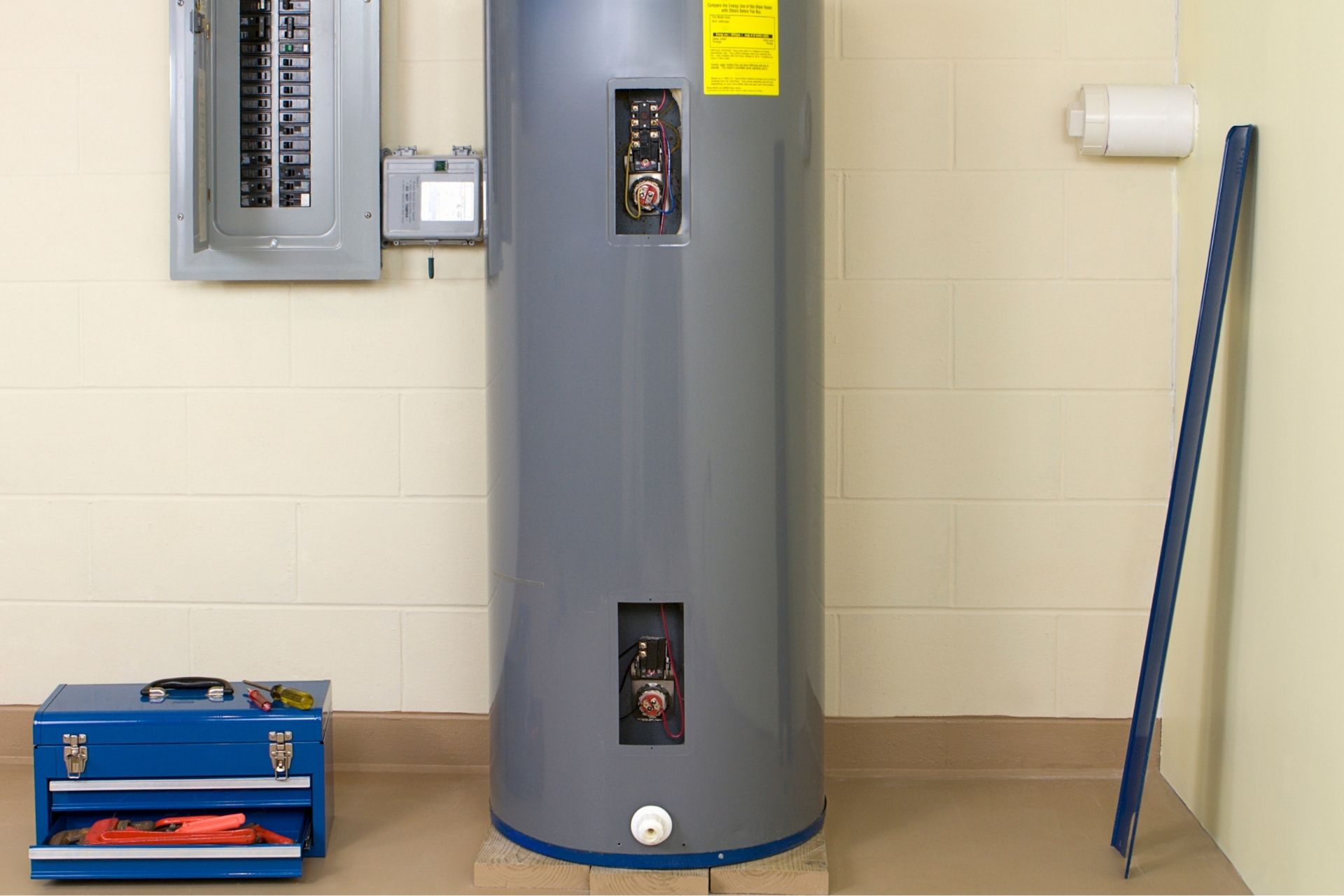Key Tips on Maintaining Your Home's Hot Water System
Key Tips on Maintaining Your Home's Hot Water System
Blog Article
Have you been hunting for additional info concerning How to Maintain Your Water Heater & Prolong its Life?

Warm water is crucial for everyday comfort, whether it's for a revitalizing shower or cleaning meals. To ensure your hot water system runs successfully and lasts much longer, regular upkeep is key. This article supplies useful tips and understandings on exactly how to maintain your home's warm water system to prevent disruptions and pricey repair services.
Introduction
Keeping your home's hot water system could appear complicated, but with a couple of easy actions, you can ensure it operates efficiently for many years ahead. This overview covers everything from comprehending your warm water system to DIY upkeep pointers and knowing when to call expert aid.
Value of Keeping Your Hot Water System
Regular maintenance not just prolongs the life-span of your hot water system however also ensures it operates effectively. Disregarding maintenance can cause decreased effectiveness, greater energy costs, and even premature failing of the system.
Signs Your Hot Water System Demands Maintenance
Understanding when your warm water system needs interest can protect against major problems. Keep an eye out for signs such as irregular water temperature level, strange noises from the heating unit, or corroded water.
Understanding Your Hot Water System
Prior to diving into maintenance tasks, it's practical to understand the basic elements of your warm water system. Typically, this includes the hot water heater itself, pipelines, anode poles, and temperature level controls.
Monthly Maintenance Tasks
Routine month-to-month checks can help catch small concerns prior to they rise.
Purging the Water Heater
Purging your hot water heater removes sediment buildup, improving effectiveness and extending its life.
Checking and Replacing Anode Rods
Anode rods stop deterioration inside the container. Inspecting and replacing them when worn out is important.
Checking and Readjusting Temperature Level Setups
Readjusting the temperature level setups ensures optimal efficiency and safety and security.
Do It Yourself Tips for Upkeep
You can execute numerous maintenance jobs on your own to maintain your warm water system in leading condition.
Checking for Leaks
On a regular basis check pipes and connections for leaks, as these can lead to water damages and greater costs.
Examining Stress Relief Valves
Evaluating the pressure relief valve guarantees it operates appropriately and stops extreme pressure buildup.
Shielding Pipelines
Protecting hot water pipes reduces warmth loss and can conserve energy.
When to Call a Specialist
While do it yourself maintenance is advantageous, some issues call for expert competence.
Complex Issues Calling For Specialist Assistance
Examples consist of major leakages, electric problems, or if your hot water heater is continually underperforming.
Routine Professional Upkeep Advantages
Professional upkeep can include comprehensive inspections, tune-ups, and making certain compliance with safety and security requirements.
Conclusion
Normal maintenance of your home's hot water system is necessary for effectiveness, long life, and expense financial savings. By complying with these tips and recognizing when to look for specialist help, you can ensure a reputable supply of hot water without unforeseen interruptions.
Water Heater Maintenance: The Basics
Maintaining your water heater will ensure it operates efficiently and has a longer lifespan. Neglecting regular maintenance can lead to costly repairs and an even bigger chunk of your savings if you have to replace it sooner than necessary. But there’s good news: Most water heater maintenance tasks are relatively simple and easy for homeowners with basic DIY skills.
Flush the Water Heater
Over time, sediment and minerals can build up in the tank, reducing its efficiency and potentially causing damage. To flush the tank, turn off the power or gas supply, attach a hose to the drain valve near the bottom and open the valve to drain the water until it runs clear. Ideally, flush the tank annually.
Replace the Anode Rod
The anode rod is a sacrificial metal rod that helps prevent corrosion inside the tank. Inspect and replace it every three to five years or per the manufacturer's recommendation. To replace the anode rod, turn off the power or gas supply, drain a few gallons of water from the tank, unscrew the old rod and replace it with a new one. If the anode rod is significantly corroded or covered in calcium buildup, it's a sign the water heater may need to be replaced soon.
Tune-Up
A yearly tune-up can help identify potential issues and ensure your water heater operates at peak efficiency. This typically involves checking the thermostat, burner assembly (for gas heaters) and any other components specified by the manufacturer. During a tune-up, the technician may also clean the burner and adjust the pilot light (for gas heaters) or examine the heating elements (for electric heaters).
How to Maintain Your Water Heater
Insulate the tank. Insulating the tank can improve energy efficiency and reduce heat loss, saving you money on energy bills. You can purchase precut insulation blankets designed specifically for water heaters or use standard fiberglass insulation wrapped securely around the tank. Check the temperature. The recommended water temperature for most households is around 120 degrees Fahrenheit (49 degrees Celsius). Higher temperatures can increase energy costs and potentially cause scalding. Use a kitchen thermometer to check the temperature at the faucet nearest the water heater. Monitor water pressure. Excessive water pressure can strain the water heater and cause leaks or even tank failure. Install a pressure-reducing valve if necessary. The ideal water pressure range is between 60 and 70 PSI (pounds per square inch). Test the temperature and pressure (T&P) relief valve. The T&P relief valve is a safety feature that releases pressure if the tank gets too hot or the pressure builds up too high. Test it annually by lifting the lever and allowing a small amount of water to release. Replace the valve if it doesn't release water or reseal properly. Check for leaks. Regularly inspect the tank, pipes and fittings for leaks or corrosion. Deal with issues promptly to prevent further damage. Even a small leak can lead to significant water damage over time. Consider a tankless water heater. If your traditional tank-style water heater is nearing the end of its lifespan ( typically 10 years), consider replacing it with a tankless water heater. These units heat water on demand, reducing standby energy losses and potentially saving you money on your energy bills. Schedule professional maintenance. While homeowners can perform many water heater maintenance tasks, it's still a good idea to schedule professional maintenance every few years. A plumber or HVAC technician can thoroughly inspect the unit, identify potential issues and ensure it operates safely and efficiently. https://www.homeserve.com/en-us/blog/home-improvement/hot-water-heater-maintanence/

Do you really like more info about How to Maintain a Hot Water Heater in a Few Simple Steps? Write feedback down below. We would be delighted to see your insights about this content. In hopes to see you back again in the future. If you please set aside a second to promote this blog if you appreciated it. I recognize the value of your readership.
Learn More Report this page